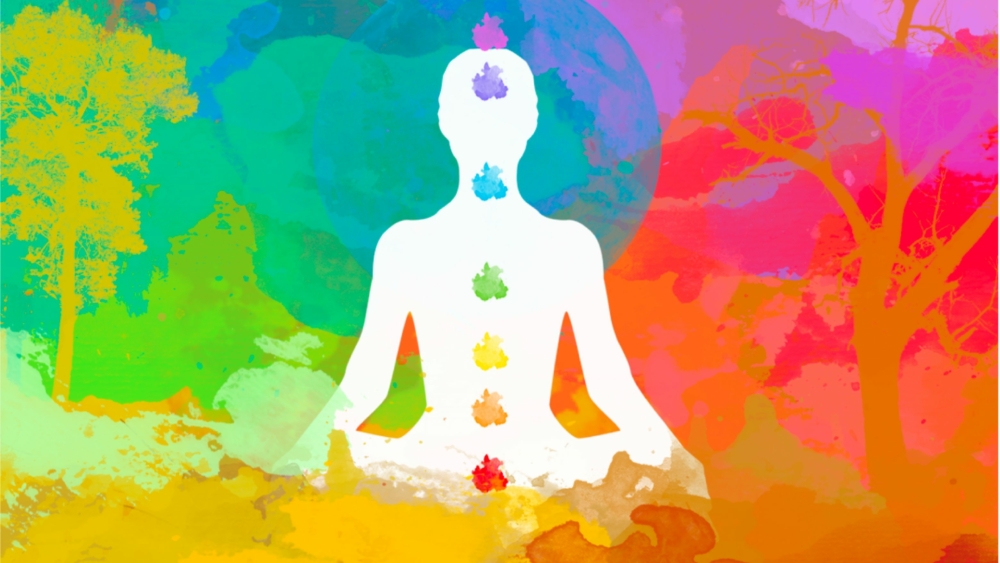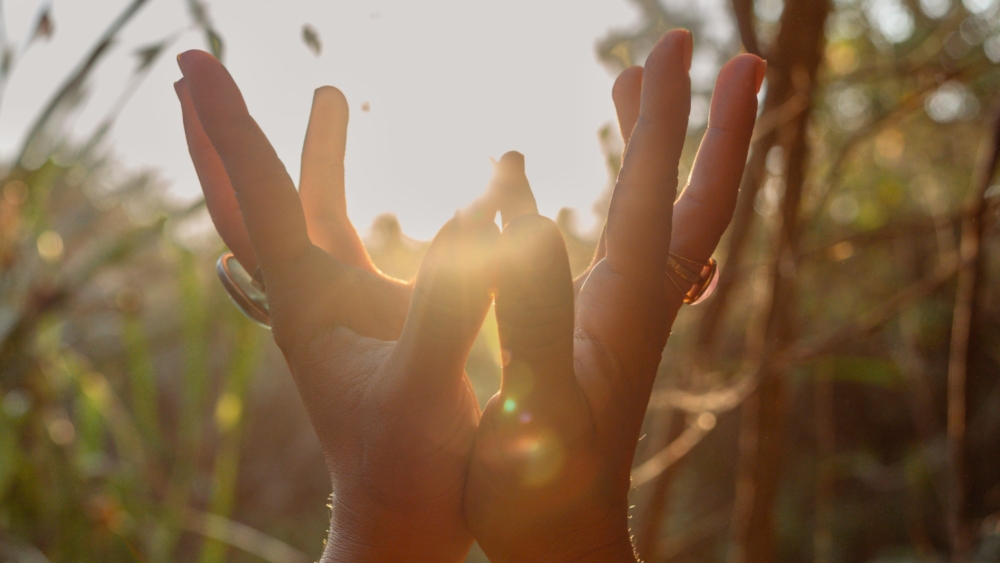Energy healing has existed for centuries in cultures worldwide.
It comes with numerous health benefits, including reduced pain, improved depression and anxiety symptoms, and an overall sense of well-being.
Energy healing is a complementary approach based on the belief that our bodies have energy flowing through them and that healing can come from helping to balance this flow, the Yin and the Yang.
History of Energy Healing
Energy healing has roots in ancient forms of medicine, such as traditional Chinese medicine (TCM) and Ayurveda. The basic concept of TCM is that a vital energy force, known as “QI,” surges throughout the body. When there is an imbalance of QI, disease and illness may result.
Similarly, Ayurveda, which originated in India more than 3,000 years ago, is a system of medicine based on the principle that disease is caused by an imbalance or stress in a person’s consciousness.
The vital energy concept in Ayurveda is called Prana and has similarities too QI in TCM.
In TCM and Ayurveda, the goal is to support the body to achieve balance and realign your energy to find healing. This is done with many tools, such as massage therapy, acupuncture, and movement therapies like yoga and tai chi.
How Energy Healing works?
There’s no scientific consensus about how energy healing therapies work. Energy healing encompasses a variety of techniques believed to clear blockages in the energy field that contribute to imbalance in a person’s life.
What are the Chakras?
The word Chakra derives from Sanskrit and means “Wheel.” Chakras are round energy centers, authentic cones of revolving energy that function as devices for capturing and emitting energy in constant movement, depending on their size, spiritual development, and the vibrations we emit. They are established in energy channels, more precisely in the intersections of energy flows known as meridians. The chakras worked on in the Reiki method are mainly seven and are located at points ranging from the base of the spine to the top of the head. The human aura is linked to these seven main chakras, which are responsible for the energy flow in the human body. Their primary function is to absorb prana (energy from the sun), metabolize it, feed our aura, and emit energy to the outside. They function as energy vehicles or connection regions connecting the physical body to the subtle (etheric, emotional, mental, and spiritual body). It is through the chakras that we lose energy when we are in physical and emotional distress. Each of them has its function. They are connected to the main endocrine glands, organs, body regions, metabolic processes, and sensory procedures.







